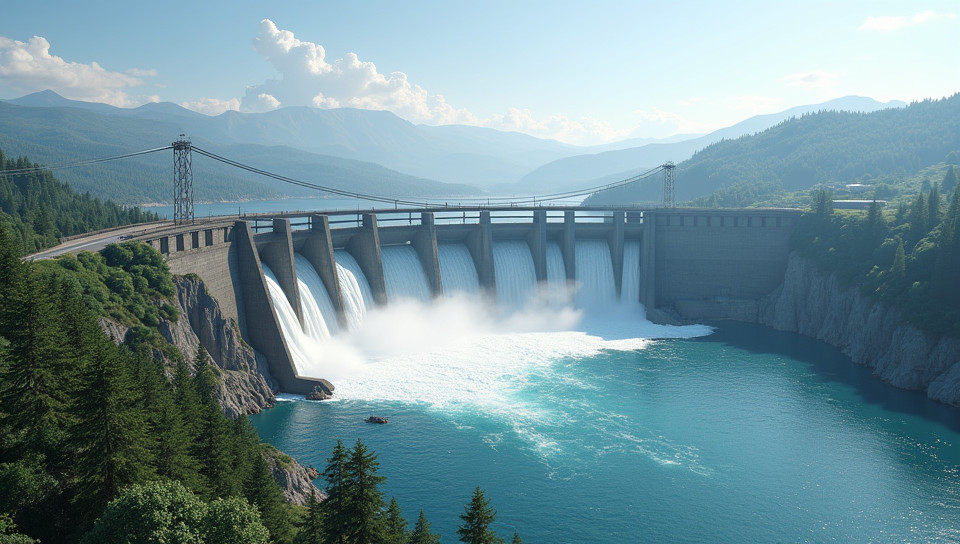Hydroelectric power plants have low operating costs long-term 74%

Harnessing the Power of Water: Why Hydroelectric Plants Reign Supreme
In an era where fossil fuels are being phased out and renewable energy sources are taking center stage, hydroelectric power plants have emerged as one of the most reliable and cost-effective solutions for generating clean electricity. With their ability to produce electricity while minimizing environmental impact, it's no wonder why governments and private investors alike are flocking to develop these powerhouses.
What Makes Hydroelectric Power Plants So Cost-Effective?
Hydroelectric power plants have been around for over a century, and their operating costs have consistently remained low due to the following reasons:
- Low fuel costs: Once the initial construction cost is accounted for, hydroelectric power plants produce electricity at virtually no fuel cost.
- Minimal maintenance: With fewer moving parts than traditional fossil-fuel based power plants, hydroelectric turbines require minimal maintenance, resulting in lower upkeep costs over time.
- Long lifespan: Hydroelectric power plants can operate for up to 50 years or more with proper maintenance, making them a long-term investment.
Environmental Benefits
Beyond their cost-effectiveness, hydroelectric power plants also offer significant environmental benefits. By harnessing the energy of water, these plants produce electricity without emitting greenhouse gases or other pollutants that contribute to climate change.
Case Studies and Global Impact
From the massive Itaipu Dam in Brazil to the smaller-scale hydroelectric projects in Norway, there are countless examples of how hydroelectric power plants have transformed local economies and reduced reliance on fossil fuels. As governments around the world strive to meet their renewable energy targets, it's likely that we'll see an increase in investment in hydroelectric infrastructure.
Conclusion
In conclusion, hydroelectric power plants offer a compelling solution for countries looking to reduce their carbon footprint while providing reliable and cost-effective electricity. With their low operating costs and environmental benefits, it's no wonder why governments and investors are turning to these renewable energy sources as a long-term strategy for meeting growing energy demands.
- Created by: Adriana Silva
- Created at: Aug. 18, 2024, 12:20 a.m.
- ID: 7680




